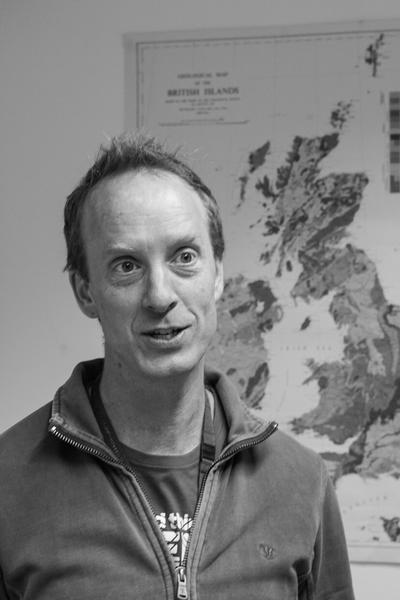Lead researcher
Energy Innovations
The future is uncertain. Yet some things are knowable. One certainty is that our current trajectory of greenhouse gas emissions will lead to considerably more warming. The Paris climate agreement on climate change aspires to limit climate change by reducing greenhouse gas emissions around the world. But how do we know what options we have. Scenario methods provide a way to explore possible futures.
At their simplest, scenarios are storylines that illustrate how the world may change. Scenarios help us to understand the key elements that will affect emissions in the future. More than 1000 scenarios of our possible future have been proposed by over 30 different research teams around the world. But only about 100 scenarios are consistent with the limits to climate change set in the Paris Agreement.
These scenarios all show substantial and rapid changes in the way we produce and use energy. We use models to enrich scenarios with details: on how much it will cost to reduce our emissions; where will our energy come from; who should act and what are the implications (both positive and negative).
Many scenarios rely on technologies that have yet to be implemented commercially, with high risk that they might not be viable. Some models even find that the agreed climate change limit, which is set in the Paris Agreement to protect us, is infeasible. This raises major questions regarding our choices for responding to climate change.

